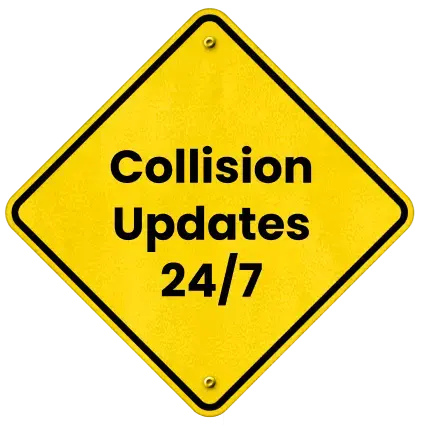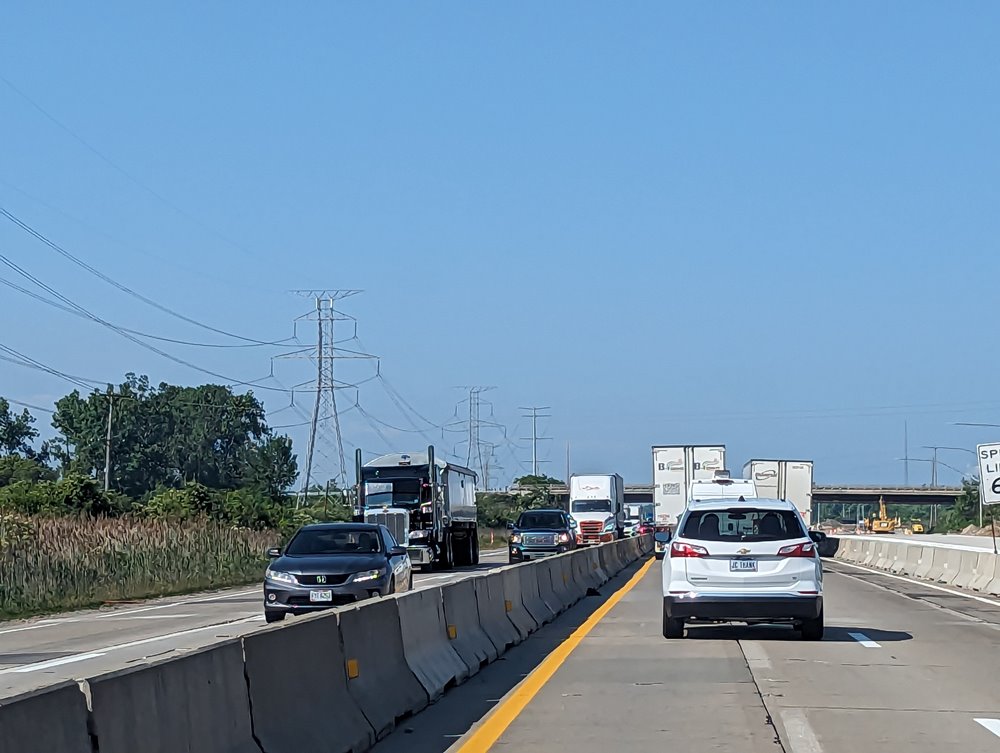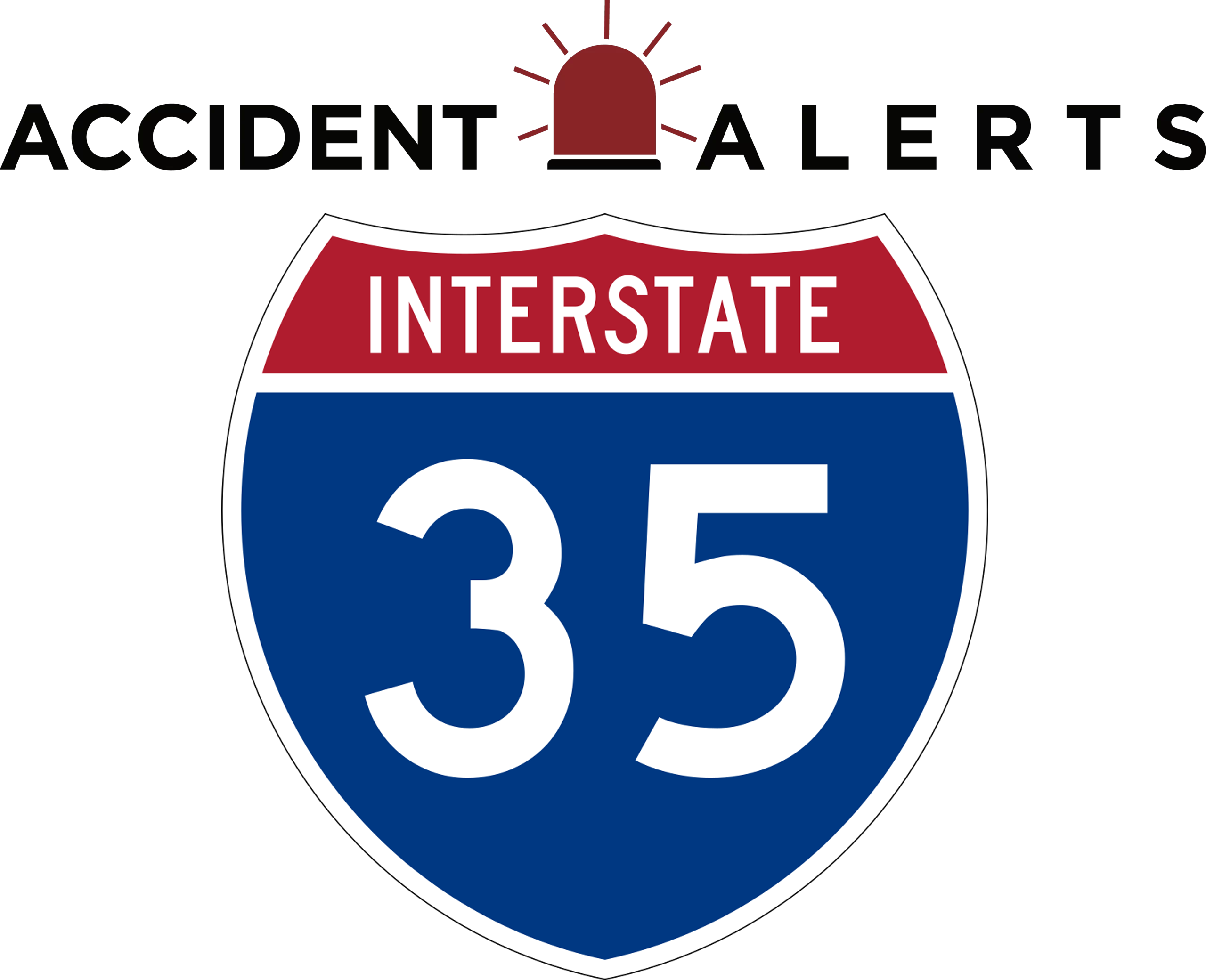
The Most Dangerous Stretches of I-35


Interstate 35 is one of the most vital transportation corridors in the United States, stretching from Laredo, Texas, to Duluth, Minnesota. This highway supports millions of commuters, long-haul freight vehicles, and regional travelers, linking major metropolitan areas such as Austin, Dallas–Fort Worth, Kansas City, Des Moines, and Minneapolis.
While I-35 is essential for economic activity and regional connectivity, certain stretches along the route are more prone to accidents, earning the designation of I-35 dangerous stretches.
Understanding these high-risk areas, the factors contributing to crashes, and strategies for safer travel can help reduce injuries, fatalities, and traffic disruptions. Crashes along I-35 often cluster due to a combination of factors, including roadway geometry, speed variations, congestion, and weather conditions.
Mapping I-35 Crash Hotspots
Travelers along I-35 encounter multiple segments where accidents are more likely, often influenced by traffic volume, highway grades, and regional weather patterns.
The stretch from Laredo to San Antonio, Texas, experiences heavy commercial truck traffic, steep grades in some areas, and occasional severe weather such as thunderstorms or fog, with speeding and congestion near urban centers contributing to higher crash rates.
In Austin and Dallas–Fort Worth, these metropolitan areas are notorious for traffic bottlenecks and lane reductions, and the combination of commuter traffic, construction projects, and aggressive driving habits makes these segments prone to multi-vehicle collisions.
Between Waco and Fort Worth, rolling hills and frequent merging traffic create challenges for drivers, with sudden lane shifts and variable speeds increasing the risk of rear-end collisions.
From Oklahoma City to Kansas City, open stretches of highway encourage high speeds, while changing weather patterns, including fog and high winds, create unpredictable conditions. In the northern segments near Des Moines, Iowa, and Minneapolis–St. Paul, Minnesota, icy winter roads, snowstorms, and freezing rain, combined with heavy commuter traffic, contribute to high accident rates during the winter months.
Each of these stretches demonstrates how geography, traffic density, and environmental conditions interact to create I-35 risk zones where drivers must remain especially vigilant.
Recognizing these I-35 crash hotspots can alert drivers to increased risks and encourage safer driving practices, especially in areas that experience frequent heavy traffic or sudden environmental changes.
Why Crashes Cluster in Certain Areas
Several factors contribute to the concentration of crashes along high-risk stretches of I-35. Speed variation plays a significant role, as sections with sudden changes in speed limits, steep grades, or open rural stretches encourage drivers to accelerate, increasing stopping distances and reducing reaction times.
Congestion, particularly in urban and construction zones, creates sudden slowdowns that often lead to rear-end collisions and chain-reaction accidents. Weather conditions such as fog, ice, snow, and heavy rain are also common contributors, especially in the northern and central regions of the highway, where reduced traction, impaired visibility, and unexpected road conditions heighten risk.
Additionally, road geometry, including sharp curves, merging lanes, and narrow shoulders, can be especially hazardous for both trucks and passenger vehicles, creating areas where even minor mistakes may result in severe accidents.
Understanding these factors allows drivers to anticipate danger and adopt safer practices before encountering these high-risk segments.
Tips for Safer Travel Along I-35
While accidents cannot be entirely prevented, drivers can take proactive steps to reduce risk along I-35 crash hotspots:
- Adjust Speed to Conditions: Follow posted speed limits and reduce speed during inclement weather, heavy traffic, or construction zones.
- Maintain Safe Following Distance: Allow extra space for braking, particularly when behind commercial trucks or in areas with sudden congestion.
- Stay Alert: Minimize distractions, watch for signage changes, and anticipate merging traffic or lane shifts.
- Plan Travel Around Weather: Monitor forecasts and road conditions for segments prone to fog, snow, ice, or heavy rain.
- Avoid Risky Maneuvers: Do not attempt last-minute lane changes, tailgating, or aggressive passing, especially in high-risk stretches.
Implementing these measures, combined with awareness of I-35’s dangerous stretches, can significantly lower the likelihood of collisions.
Preparing for a Safe Journey
Drivers can take several practical steps before embarking on a long trip along I-35:
- Familiarize Yourself With High-Risk Areas: Knowing where I-35 crash hotspots are located helps anticipate challenges and adjust driving behavior accordingly.
- Check Weather and Traffic Conditions: Stay informed about road closures, construction zones, and forecasts along your route.
- Ensure Vehicle Readiness: Properly maintained brakes, tires, and lights increase safety in challenging conditions.
- Schedule Breaks: Long drives can cause fatigue, particularly in high-risk areas; regular rest stops improve focus and reaction time.
By preparing ahead, drivers can minimize exposure to hazards and navigate the most dangerous stretches more safely. Awareness, preparation, and defensive driving are the most effective tools for reducing accidents and protecting lives along this critical corridor.
The Human and Economic Consequences of Accidents
Crashes along I-35 not only disrupt travel but can have devastating consequences for individuals and families. Injuries may range from minor bruises to serious, life-altering trauma, such as spinal injuries or traumatic brain damage. Fatal crashes leave families coping with sudden loss while facing emotional and financial challenges.
The economic impact includes medical expenses, vehicle repairs, lost wages, and potential legal costs. Commercial drivers or trucking companies may face liability claims after accidents in high-risk zones.
Additionally, prolonged traffic delays resulting from crashes create ripple effects, affecting commuters, emergency responders, and regional commerce. Recognizing the severity of these consequences reinforces the importance of safe driving practices across all I-35 segments.
After a Crash, Contact an I-35 Accident Lawyer
If you or a loved one has been involved in a crash on I-35, guidance and support are available. You can schedule a free consultation with a diligent I-35 accident lawyer who will provide personalized advice, help navigate insurance claims, and assist with understanding your rights.
Our team is committed to helping you manage the aftermath of a crash and ensuring you have the support needed to move forward safely.
